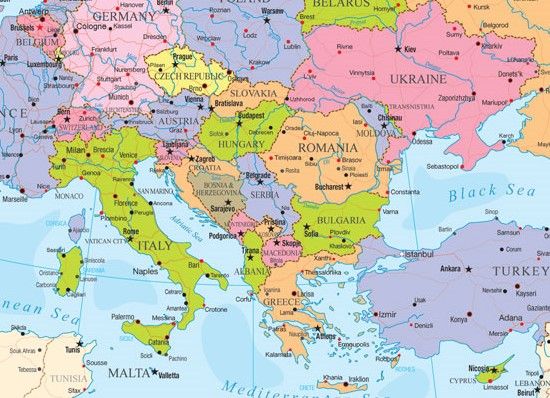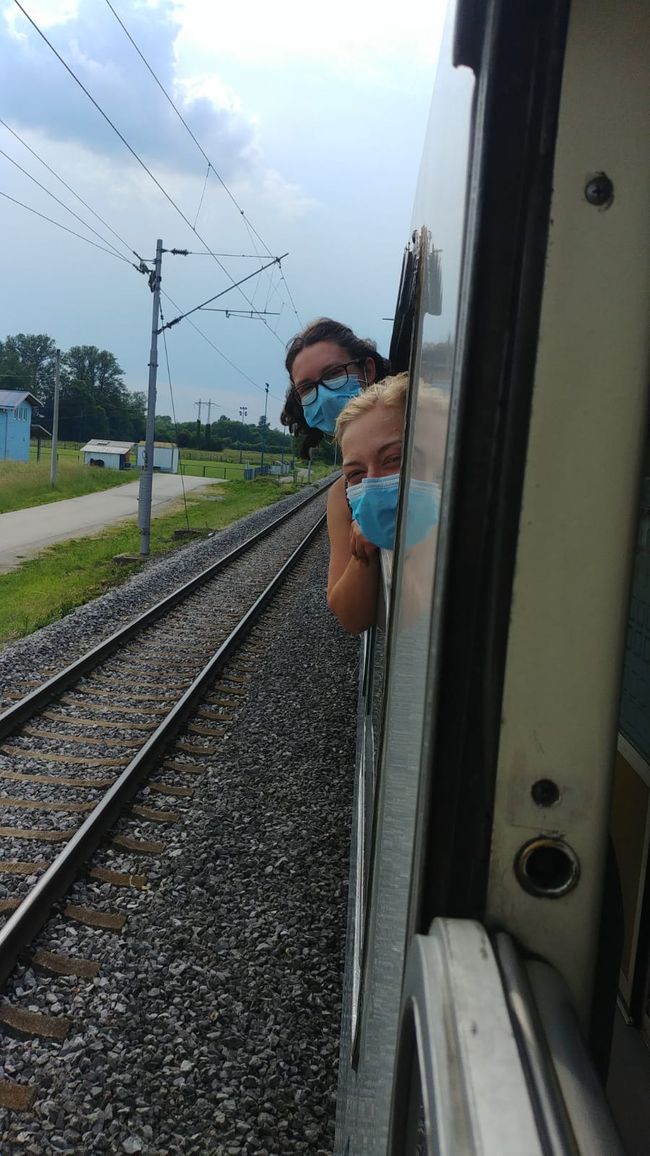Plovdiv - spontaneous stopover (12th stop)
प्रकाशित कीता: 06.07.2021
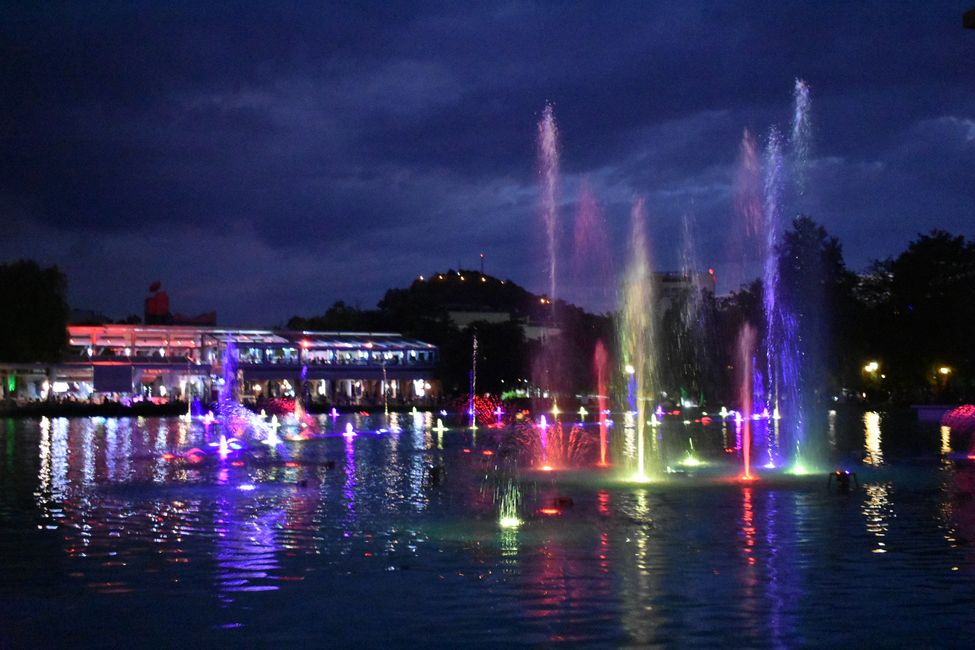
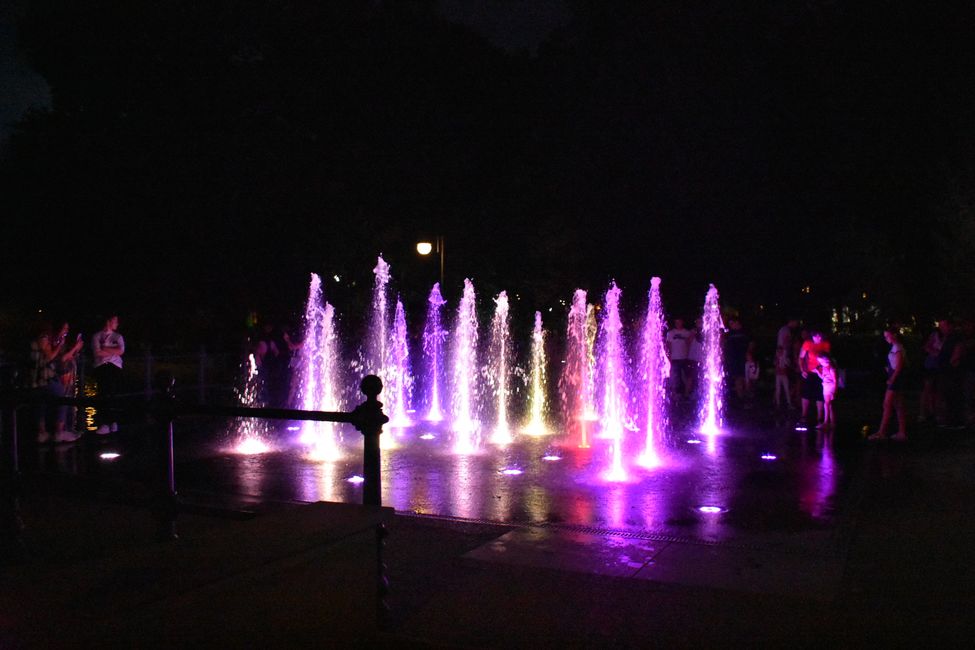
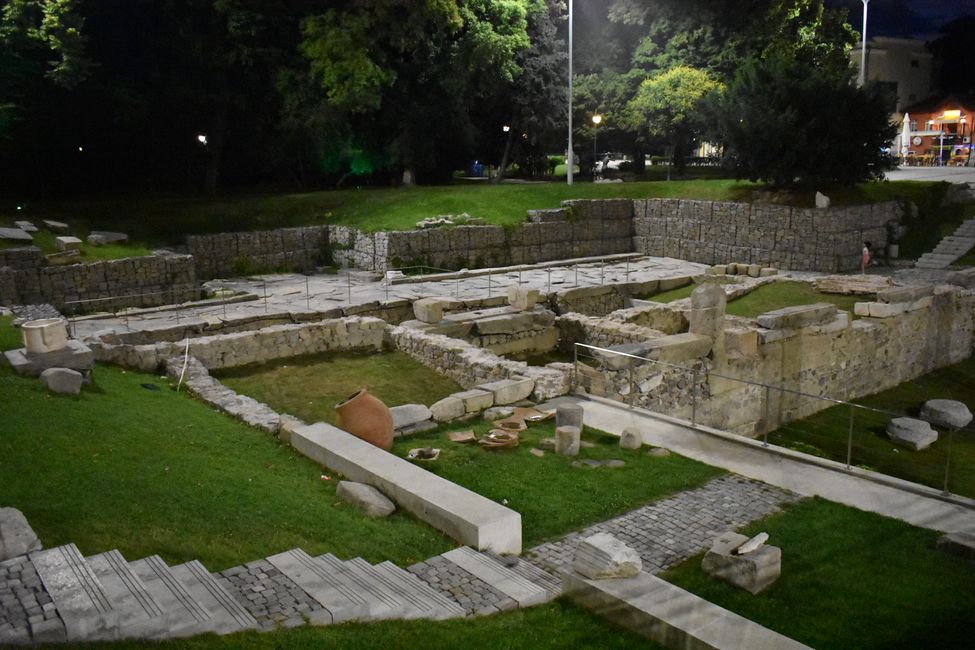
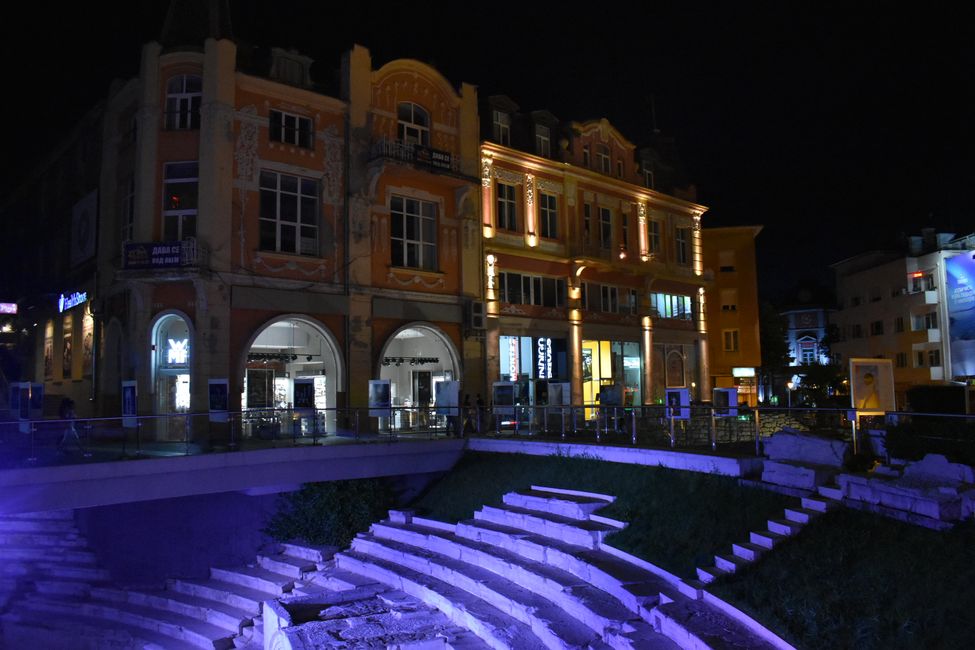
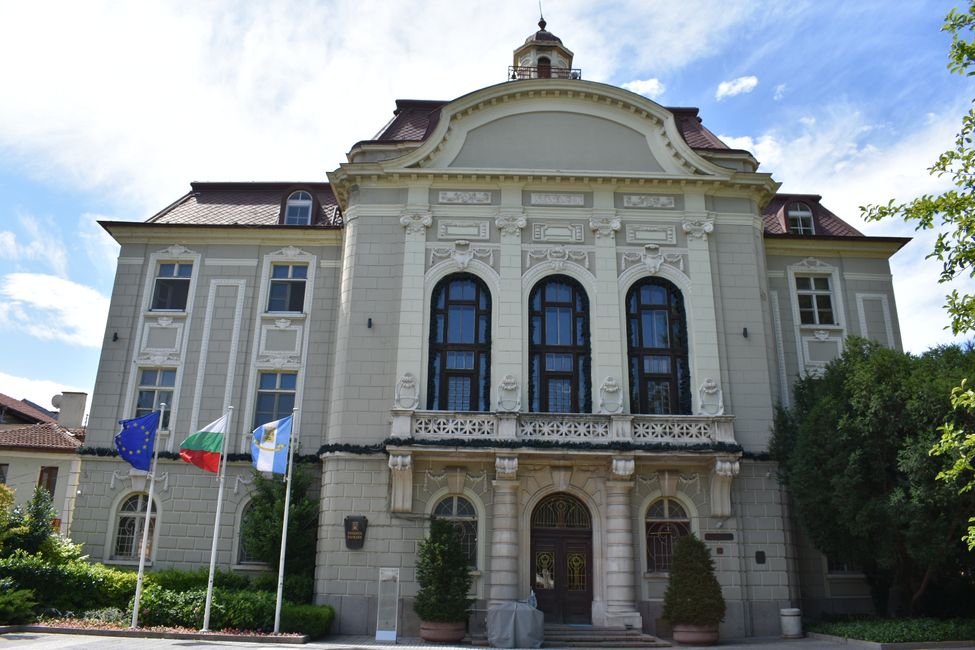
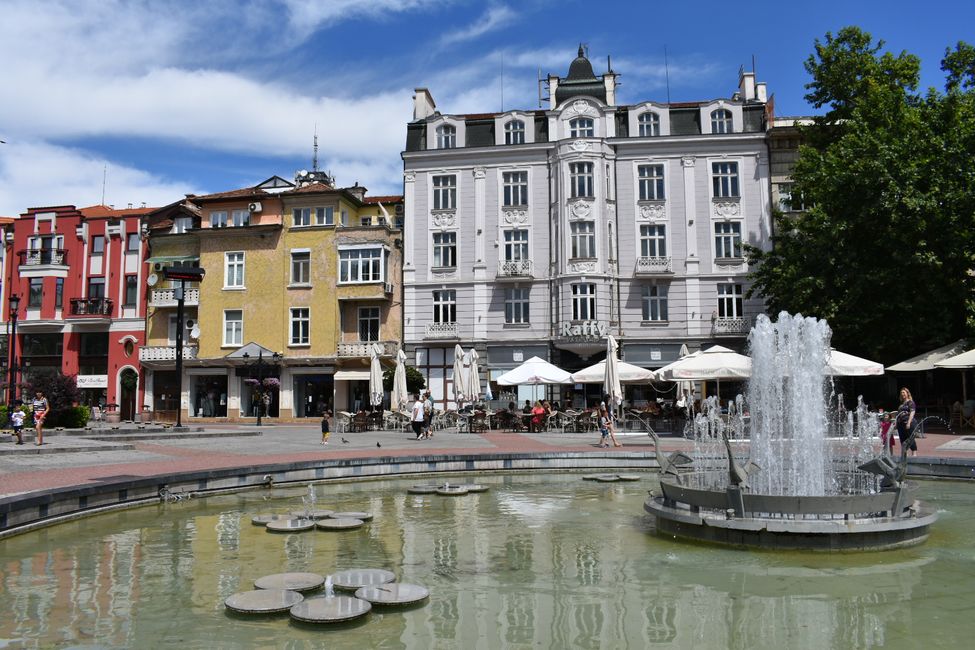
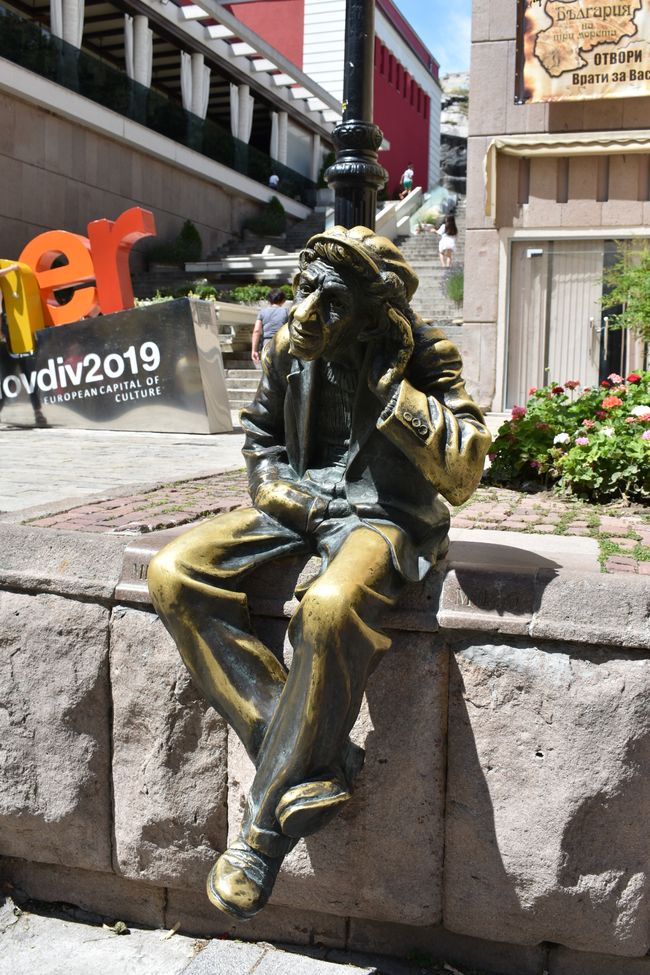
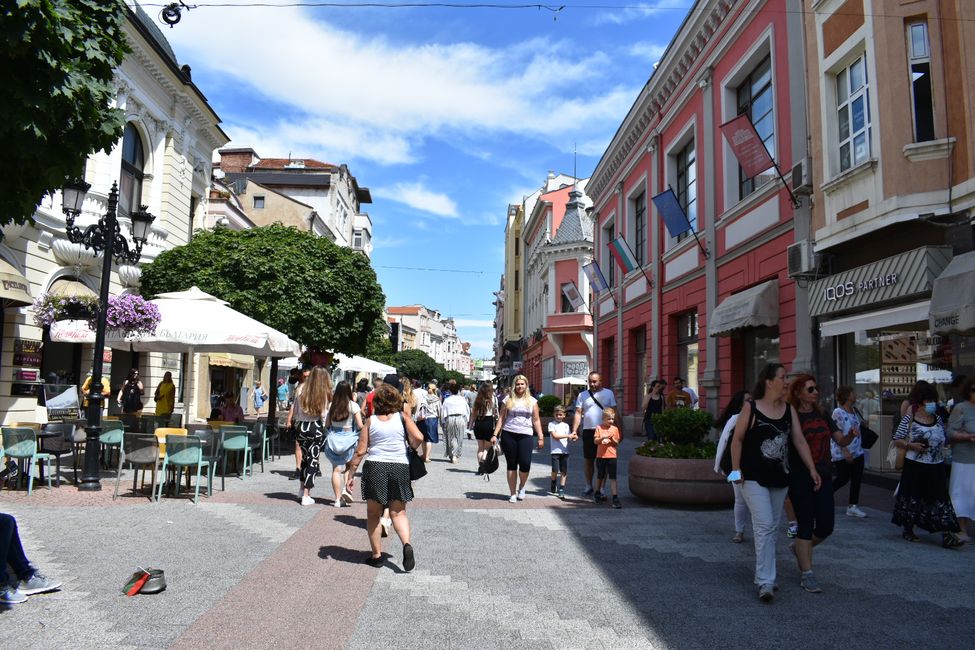
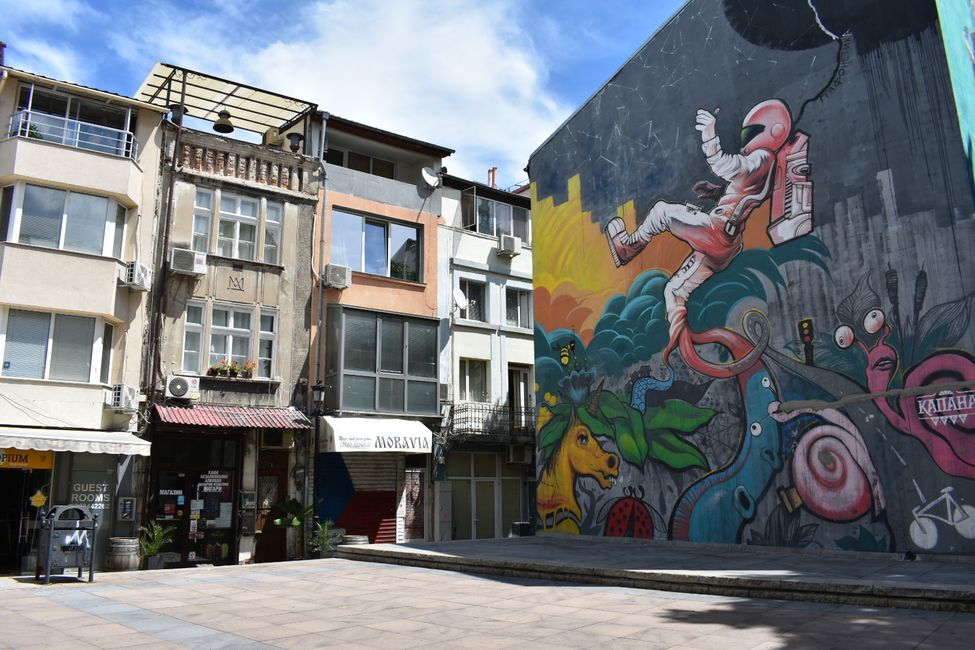
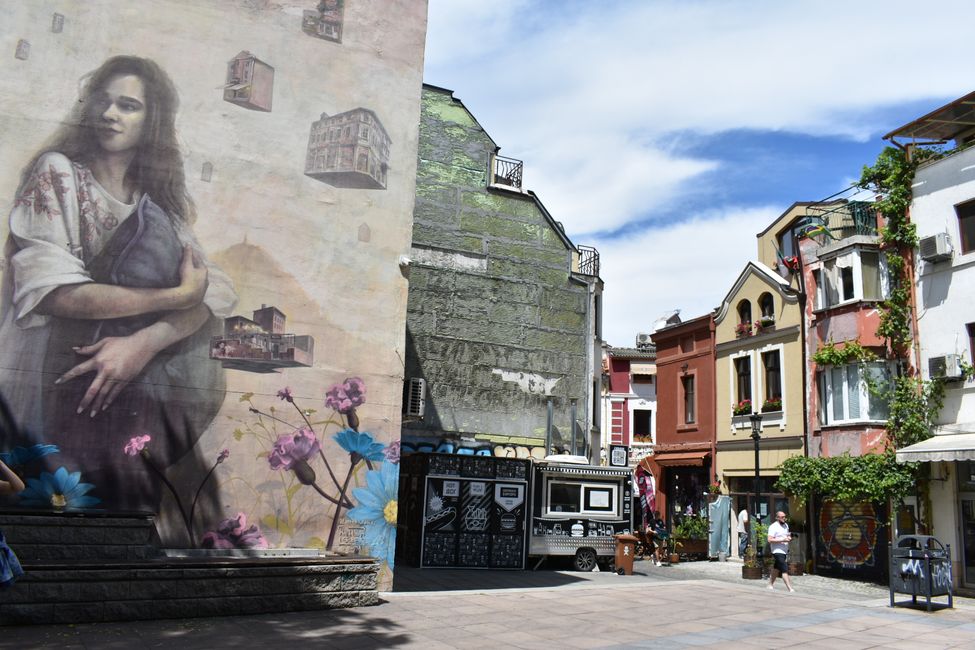
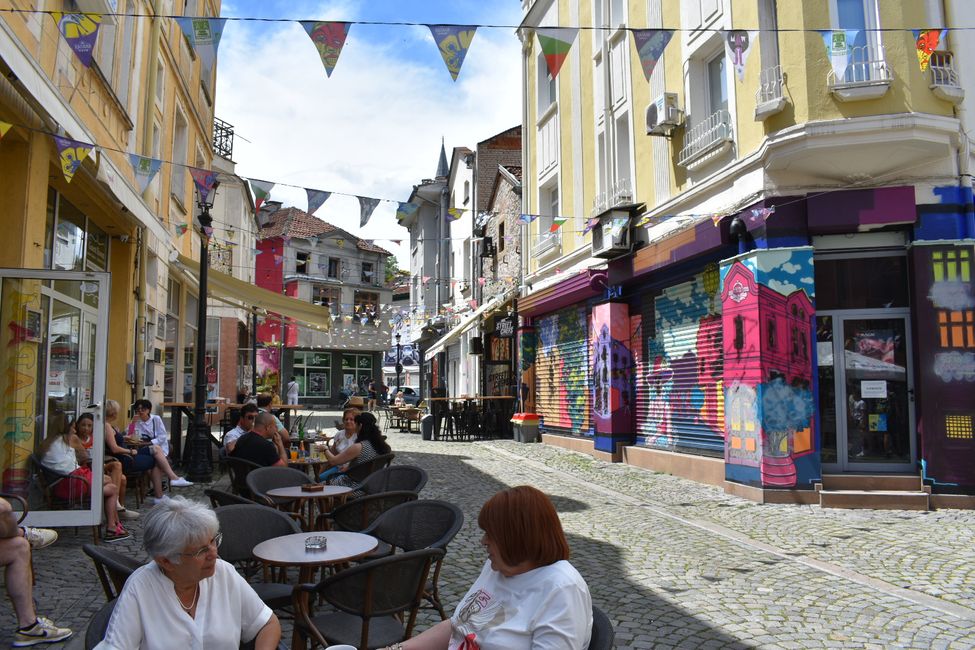
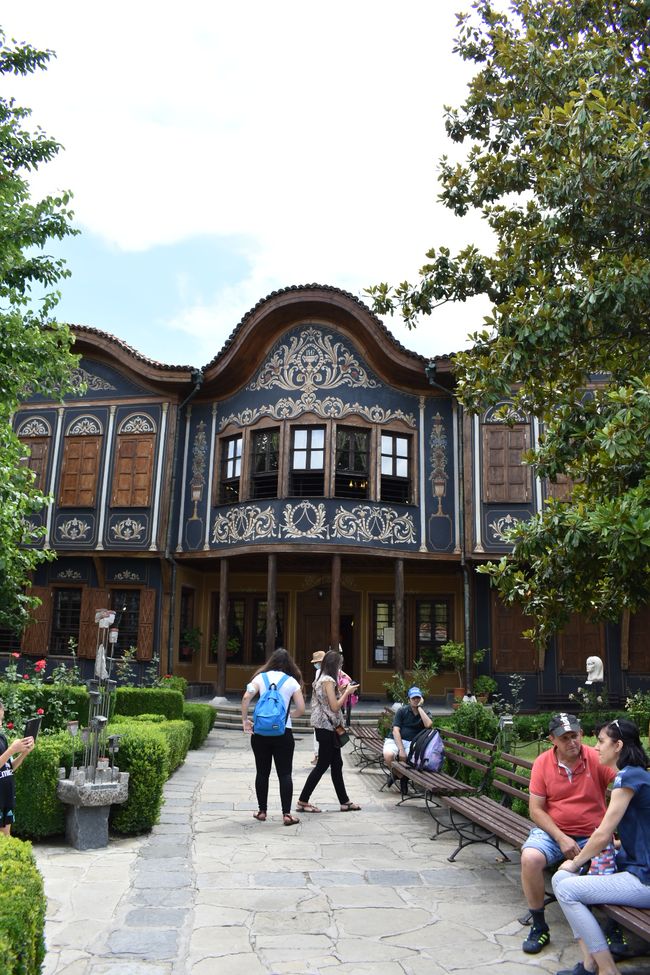
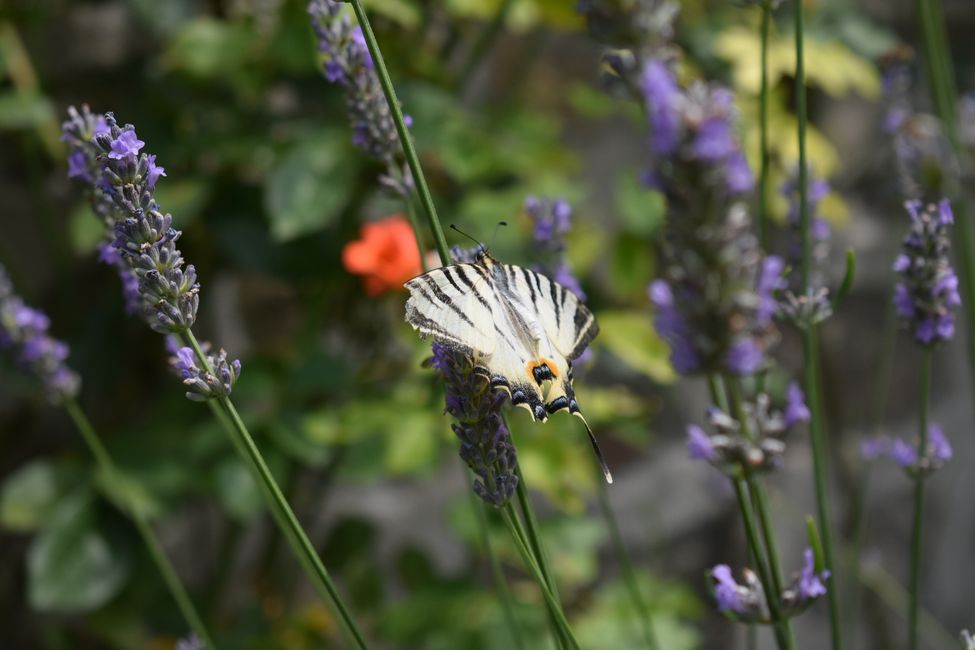
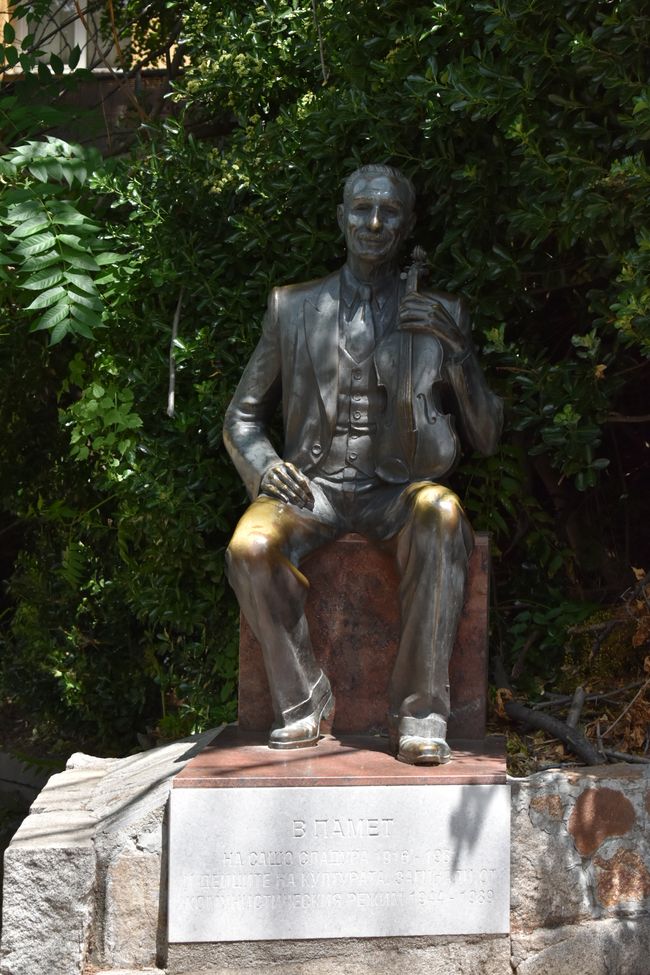
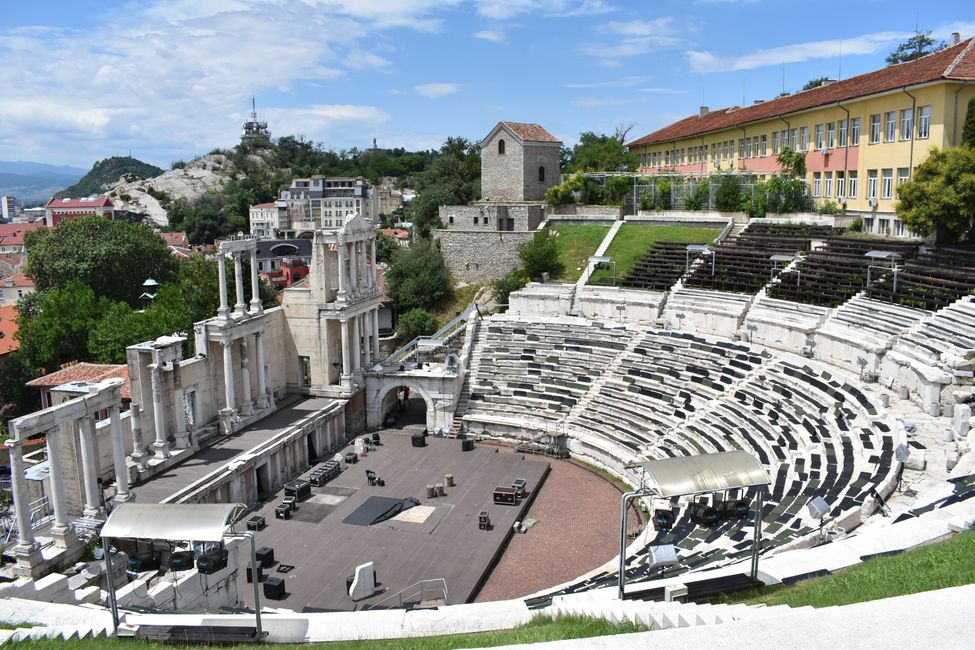
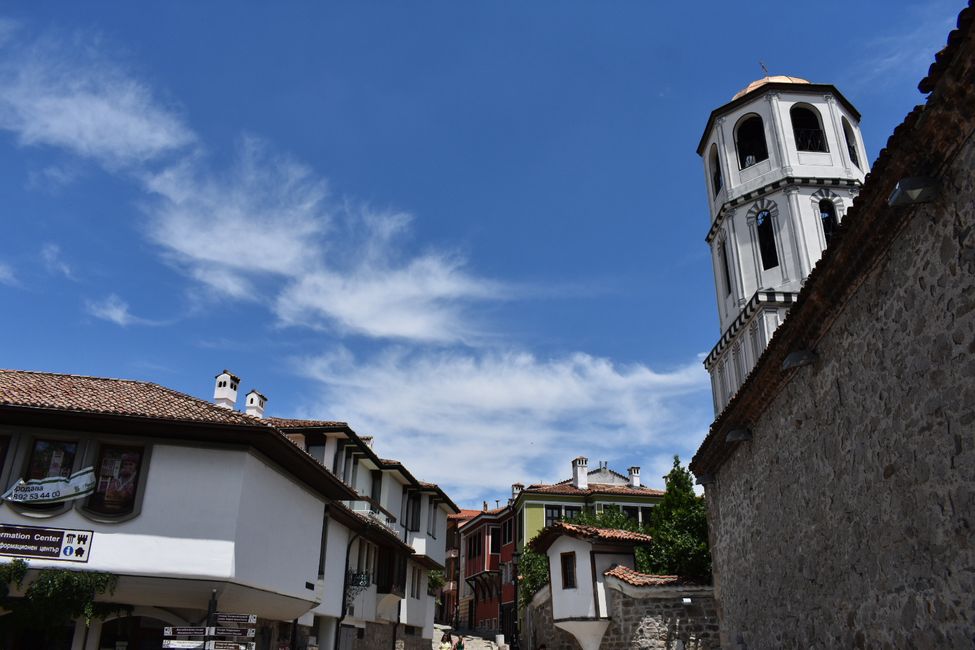
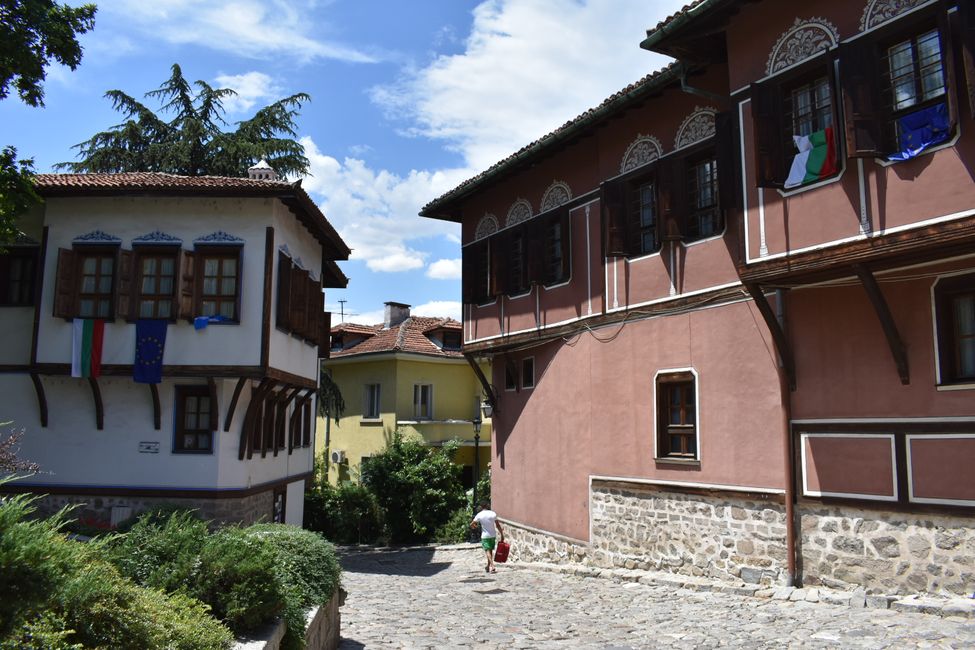
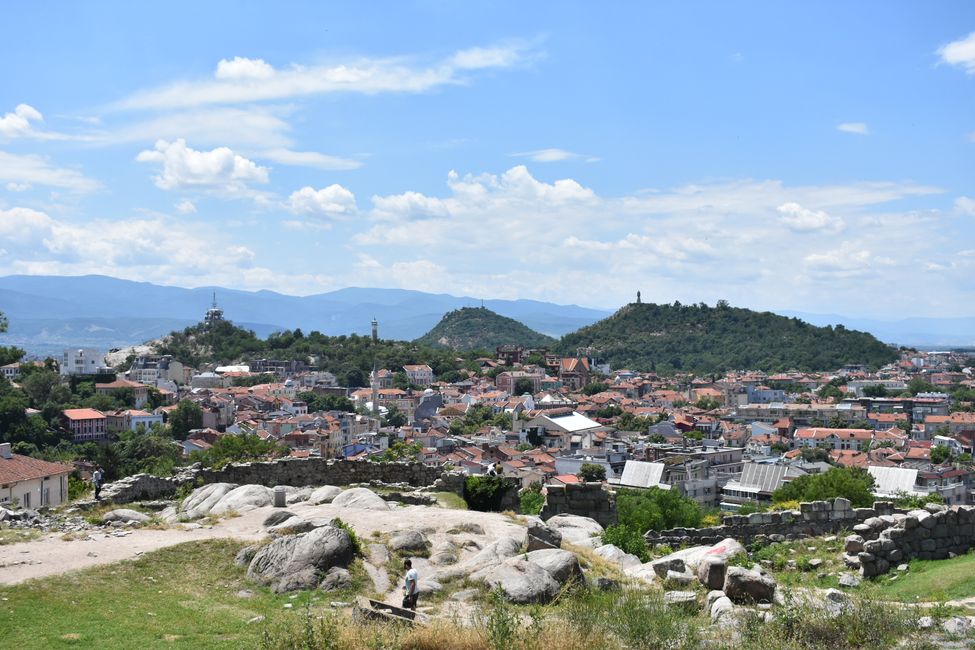
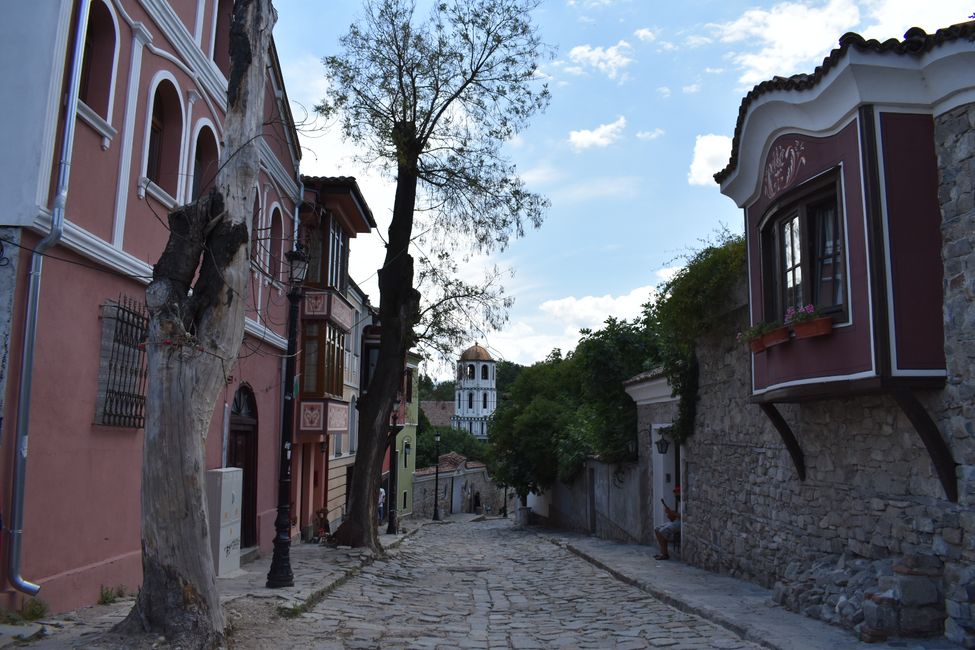
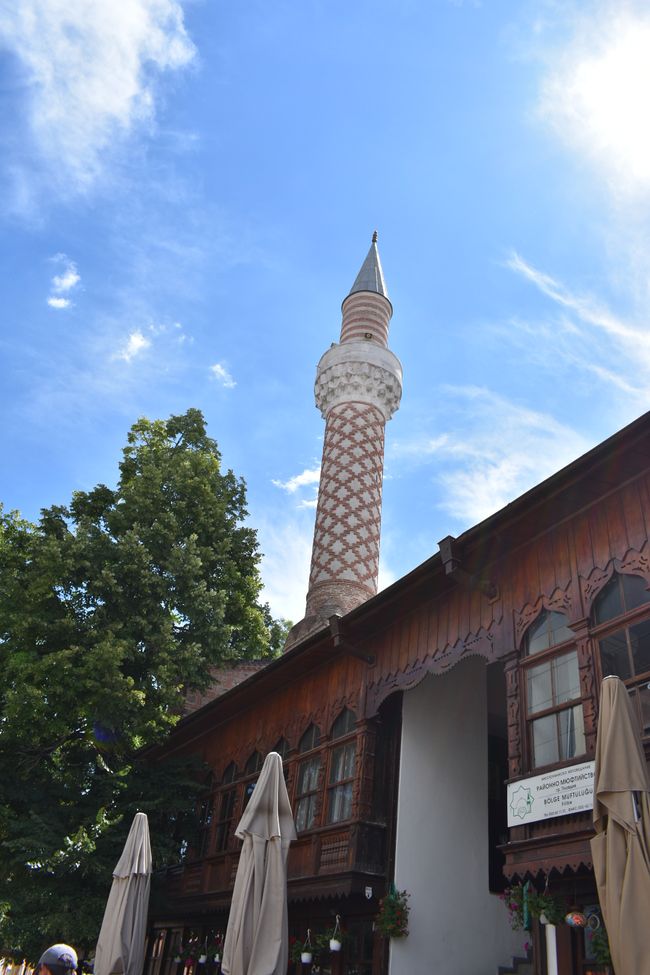
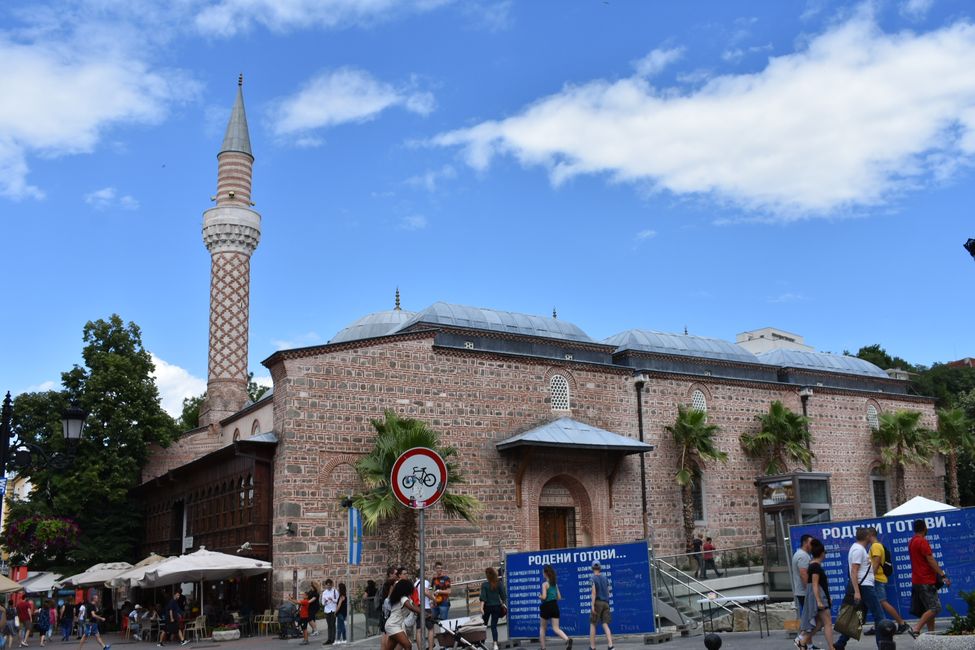
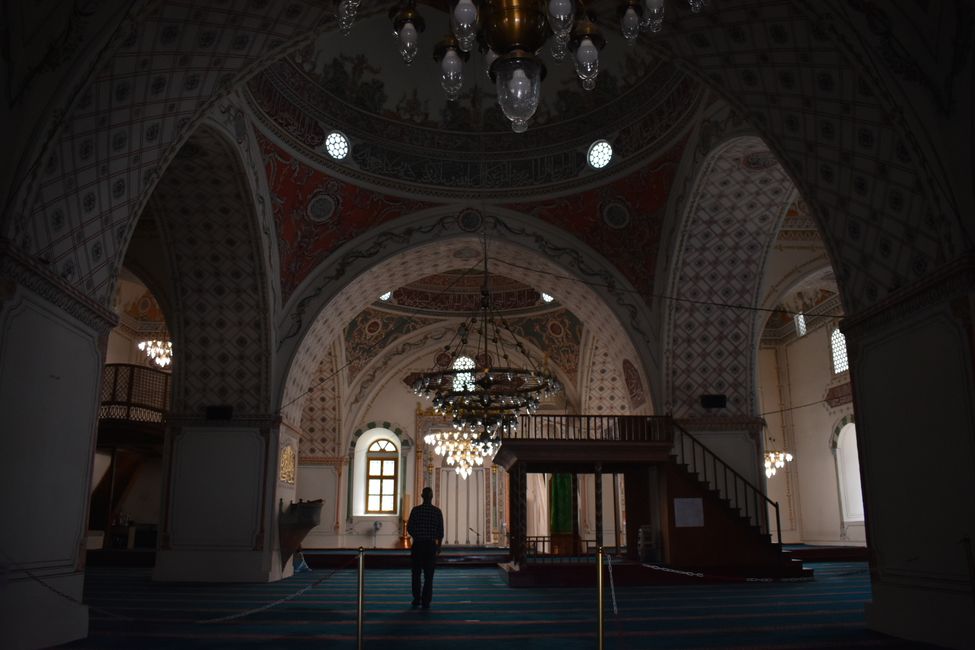

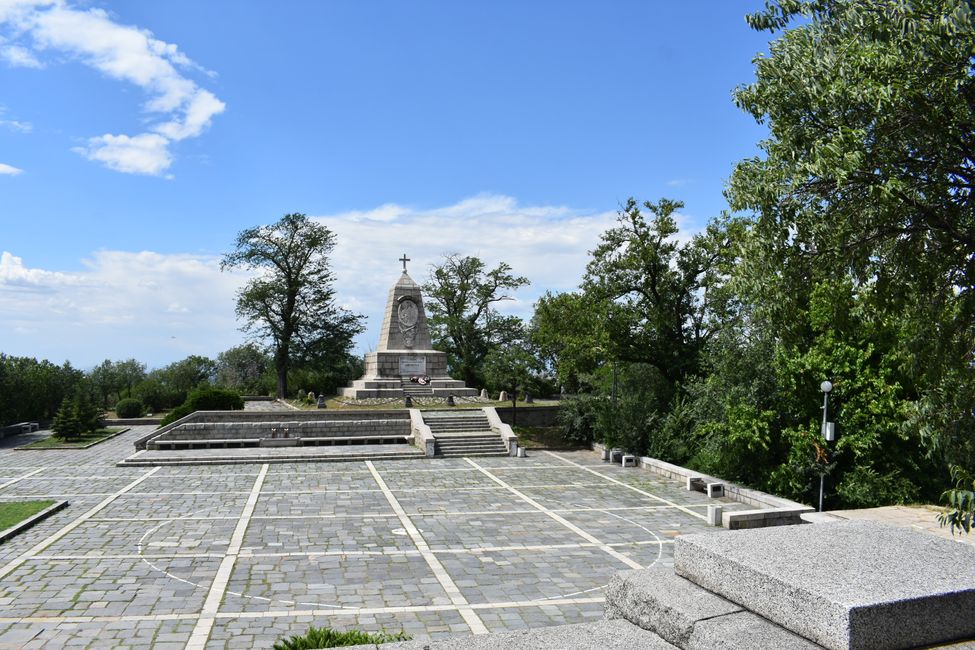
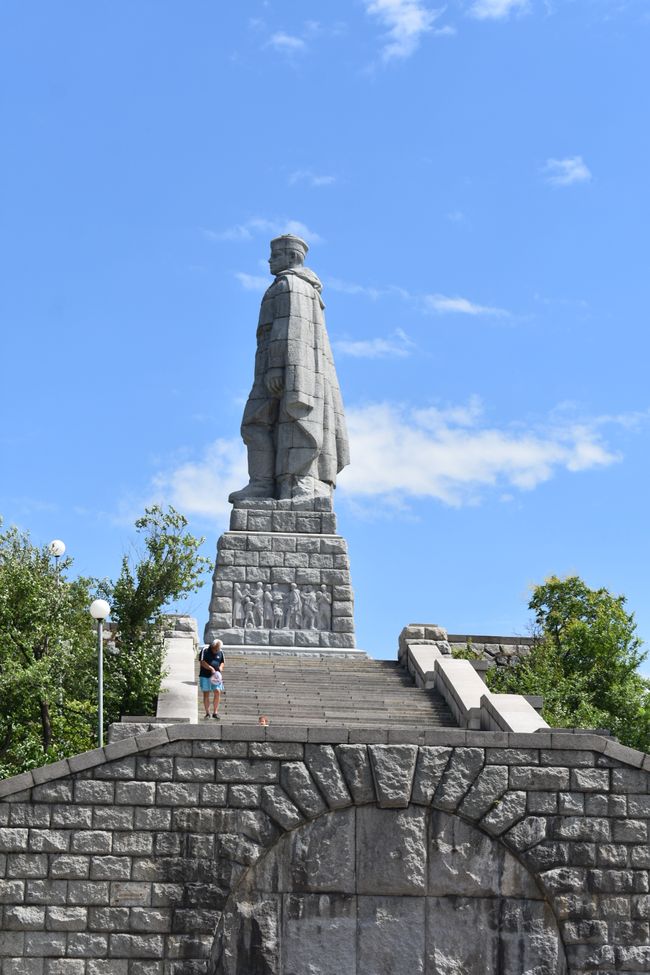
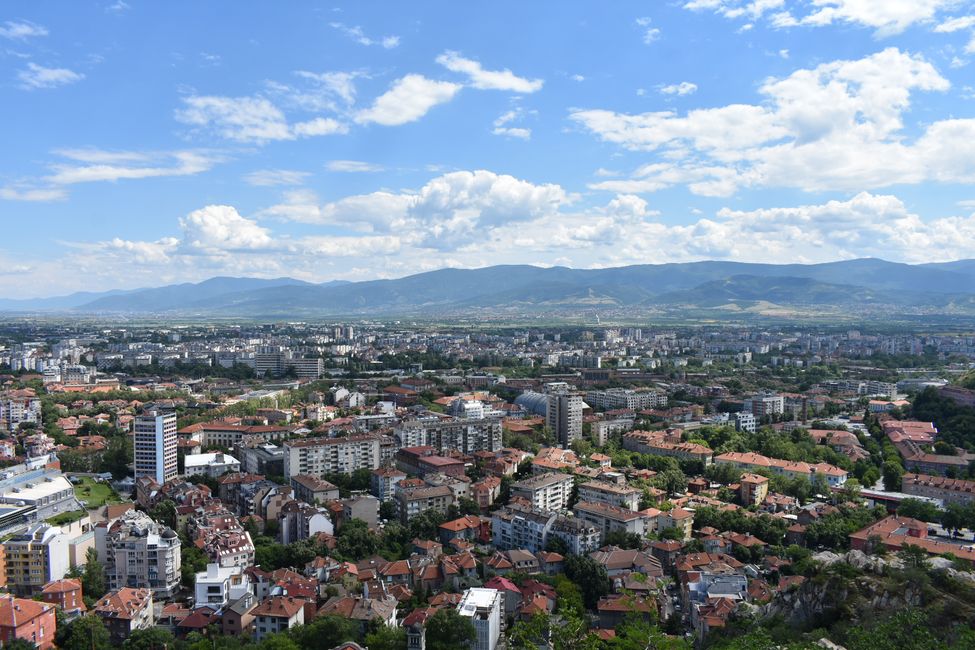
न्यूज़लेटर दी सब्सक्राइब करो
After the beautiful days at the Black Sea, we head back inland to Bulgaria. Based on recommendations from a good friend of Veronika's and a few Swiss people, we don't go directly to Sofia, but instead make a stopover in Plovdiv, the second-largest city in Bulgaria. Good choice. The train ride takes us through huge sunflower fields, among other things. We are impressed. While still on the train, we do some research and find out that Bulgaria is the second-largest producer of sunflowers in Europe. That explains a lot. The hilly landscape of Bulgaria is also very impressive. The small lakes are very beautiful as well. Because we have a very nice apartment with a well-equipped kitchen, we want to cook again: Lukas finally wins, there's bean goulash! While doing that, we also need to dry our laundry and we let the Spain vs Switzerland football match play. Maybe a small mistake, because we don't expect the game to go into overtime. But never mind, we already have an appointment with the singing fountains at half past nine. Veronika read about them and is very excited. We definitely have to go there. So despite the penalty shootout, we make our way to the city center to enjoy the water show. Unfortunately, the performance only lasts about 15 minutes to classical music, so afterwards we stroll through the pedestrian zone. We already like Plovdiv very much on this evening. The pedestrian zone is lively and full of cafes and restaurants. And not to forget: there are plenty of ice cream parlors.
Since we are already continuing towards Sofia in the evening, we drop off our backpacks at the train station before the free walking tour. During the free walking tour, we learn a lot about the history and buildings of the city. The city is very old. Approximately 8000 years old. Quite old. During this time, the first Thracian tribes settled here. It was only in 341 BC that the city was conquered by Philip the Second of Macedonia and refounded under the name Philippopolis. In 72 BC, the city was then conquered by the Romans. Especially during this time, the city grew a lot. It also holds some treasures. It wasn't until the 5th century AD that the first Slavic tribes, including the first Bulgarians, arrived. In 1364, the city fell under the rule of the Ottoman Empire. During this time, the city became an important center for crafts and trade. You can already see from this short summary of history how diverse the influences in this city are. And you can see it too: we pass by a beautiful big mosque, visit the old Roman forum, as well as the theater. In the ethnological museum, you can also discover how the people of the Bulgarian tribes lived. The old Roman stadium extends below the pedestrian zone, completely from one end to the other. The two ends are exposed and can be visited. In some shops or stores, further excavations have been uncovered and you can occasionally catch a glimpse. Quite impressive. It should be mentioned that the street existed before the excavations were accidentally discovered. Therefore, not all houses were demolished, but a more resident-friendly compromise was chosen. This integration of excavations into the cityscape makes Plovdiv special and impresses us a lot. We especially like the Kapana district. It is full of cafes and small restaurants, including a very delicious vegan restaurant. In addition, the old buildings have been spruced up with street art. The former merchant district was no longer attractive to residents or traders after a fire. No one could afford to make the apartments habitable again or to refurbish the business premises. For this reason, the city tried something new: they provided the rental spaces free of charge for 1 year to bring life back to the district. And it was successful! Although many couldn't afford the renovations anyway, they allowed street artists to beautify the facades. Today, the district is THE meeting place for a beer, a coffee, or a rakia.
We enter the old town and notice houses that are noticeably wider on the upper floors than on the ground floor. Our guide explains to us that this is a characteristic of the Bulgarians, of which he seems to be very proud: they can deceive the government. In this case, they take advantage of the fact that the price of the property is measured only on the ground floor, not on the upper floors. Quite clever actually. The Konstantin and Elena Church has a similar story: since they weren't allowed to be seen from the city center under the Ottoman Empire, they simply built a huge wall around them. We also particularly like the intention behind three statues in the city. An emigrated doctor had them erected upon his return to Plovdiv: he chose three people who were significant because they brought joy to people - a musician, an artist, and Milyo, who was known for his helpfulness and jokes. Right behind Milyo's statue, you can also find the sign 'together', which has been there since 2019 (Plovdiv is the European city of culture) and hasn't lost its meaning.
Interestingly, Plovdiv considers itself the city that stands on seven hills. Funny, because there are no longer seven hills. There used to be 8 hills. However, in 1881, 3 Swiss people flattened one hill to build a brewery there. They named their brewery Kamenitza, after the name of the hill. Another hill no longer exists, as it was gradually dismantled for road construction material. So there were probably once 8 hills, today there are six hills. No one knows why everyone always talks about seven hills. Maybe because they like to cheat. We also climb both hills to enjoy the view of the city. The first one is right in the old town and is called Nebet Tepe. On the other one stands the monument of Alyosha, a Soviet soldier. The statue towers above the city and is quite big. It was built after World War II, during the time when Bulgaria belonged to the Warsaw Pact. After its collapse, there was much discussion about whether to demolish the statue. However, it seems that not only would it be very expensive to do so, but a detonation would also destroy much around it. Maybe then there would only be five hills left. But the view from up there is really cool. We also see the train station in the distance, from where we will soon board the train to Sofia. We are very grateful for the recommendations, and we would also recommend a trip to Plovdiv to everyone!
P.S. We are currently sitting in the park in front of the National Palace of Culture in Sofia and 'writing' this post by voice input. Quite exciting. Maybe a bit more colloquial than usual...?
न्यूज़लेटर दी सब्सक्राइब करो
परता
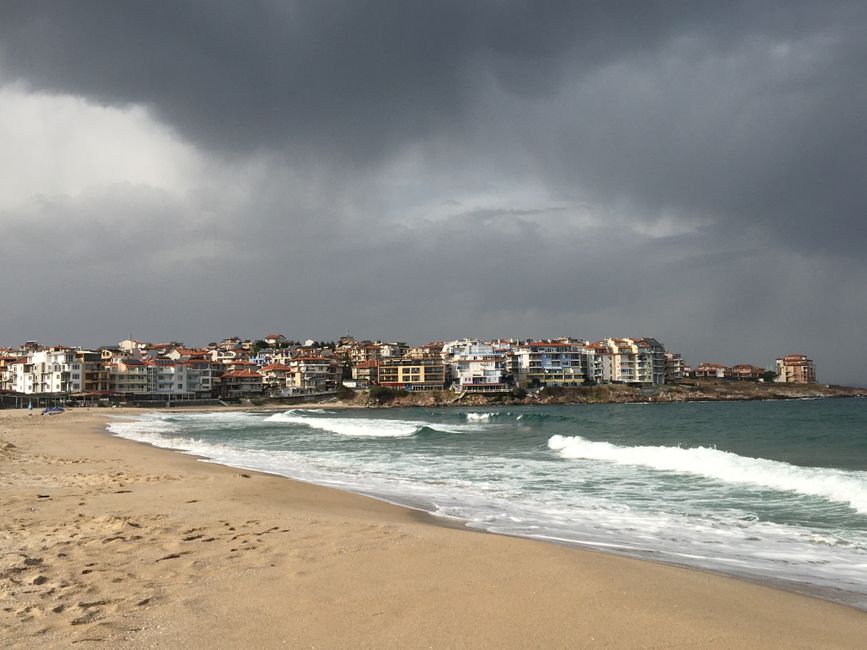
यात्रा दी रिपोर्ट बुल्गारिया दा ऐ।
